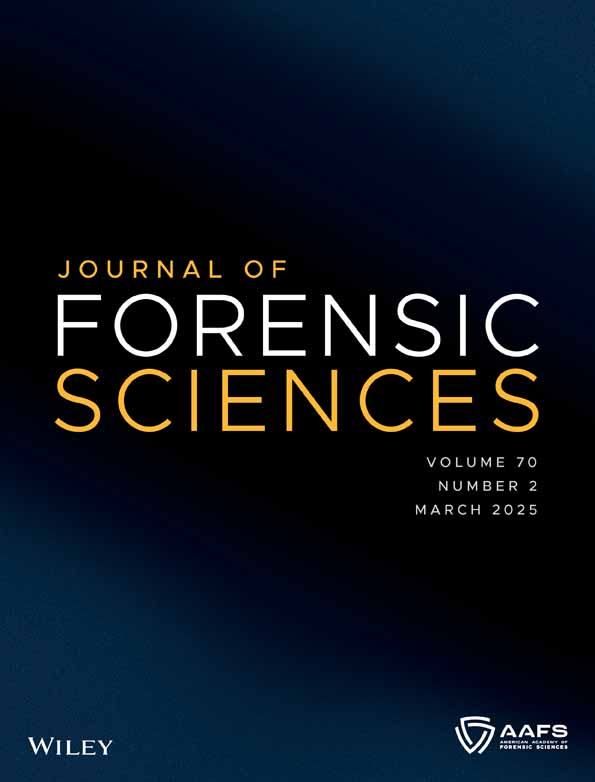Improve the visualization effect of fingerprint immunolabeling based on biotin-avidin system
Abstract
Immunolabeling based on fluorescence is a new technique that has been recently applied in the field of forensic science. In this paper, a new immunofluorescence method based on signal amplification was applied to develop fingermarks and improve the quality of pattern recognition with clear ridge details and high contrast. The high affinity between biotin and avidin and the one-to-many binding mode can connect several fluorescent groups together to achieve a signal amplification effect. The results indicated that the fluorescence intensity of the fingermark sample, as displayed by the biotin-avidin signal amplification system (BAS), was nearly three times higher than that revealed by previous immunolabeling methods based on fluorescence. Specifically, more fluorescent chromophores were bound to the friction ridges in BAS. Two proteins were selected as experimental target proteins for fingermark immunofluorescence visualization to optimize the visualization effect. The results showed that compared to keratin 1, dermcidin as the target protein in BAS achieved a more desirable effect, with 88.9% of the experimental samples left on nonporous objects having identification value. This method provides new insights for the development of fingermark spectra and is expected to become an effective and safe technology in the field of forensic science.
CONFLICT OF INTEREST STATEMENT
The authors have no conflicts to declare.




